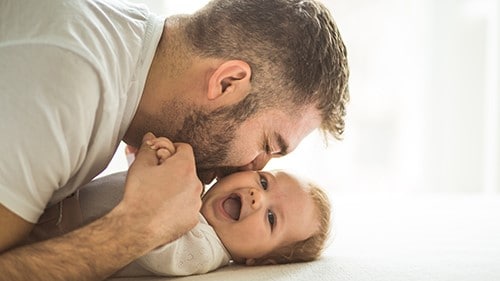Key points
- Anyone can get Haemophilus influenzae disease, but certain people are at increased risk.
- A person's risk can vary due to many factors, including age, race, and ethnicity, vaccination status, and medical conditions.

What increases risk
There are many factors that can increase someone's risk of H. influenzae disease:
- Age
- Race and ethnicity
- Vaccination status
- Being around someone with H. influenzae disease
- Medical conditions
People at increased risk
Age
Serious H. influenzae, including Hib, disease occurs mostly in children younger than 5 years and adults 65 years or older. Children younger than 1 year old have the highest rates of infection.
Race and ethnicity
Experts do not know why, but children of certain racial and ethnic groups have increased rates of serious disease:
- African American or Black children
- Alaska Native children
- American Indian children
Vaccination status
Vaccines help protect against one type of H. influenzae disease called type b or Hib disease. Children who didn't get or are too young to get all their Hib vaccines are at increased risk for Hib disease.
Other risk factors
People who live with or go to daycare with someone who has Hib disease are at increased risk of getting infected. Experts are working to better understand if this is true for other types of H. influenzae infection too.
Conditions that can increase risk
Medical conditions that increase someone's risk of getting H. influenzae disease include:
- Sickle cell disease
- Asplenia (no spleen)
- HIV infection
- Antibody and complement deficiency syndromes
- Cancer requiring certain treatments
Antibody and complement deficiency syndromes are rare conditions that affect the body's ability to fight infections.
Cancer treatments include chemotherapy, radiation therapy, and bone marrow (stem cell) transplant.
